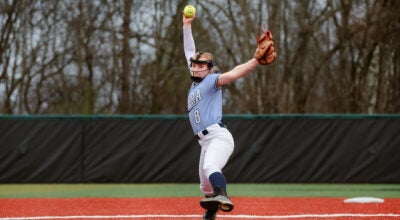Snacking on a fresh idea
Published 7:03 pm Monday, September 15, 2008
Just an hour or so after the first class of the morning begins, the stomachs of students at Montevallo Elementary School begin to rumble. MES administrators have a solution this year — fresh fruits and veggies.
“I had never tried blueberries or blackberries,” student Dalton Harris said. “They were good, but I still like peaches the best.”
The USDA awarded MES with a $45,000 grant to help curb childhood obesity. The money allows the school to spend between $50 and $75 to provide each child with a healthy snack every day of the school year. That’s more than 700 snacks a day for MES.
Dorothy Kidd, the school’s child nutrition program manager, said she’s happy to see the students’ reactions.
“The program makes them curious,” Kidd said. “They are excited about the variety and they always want to know what the fruit for tomorrow is.”
Students arrive in the cafeteria between 9 and 10 a.m. to pick up baskets of wrapped pears or bags of carrots. Shelby County’s child nutrition director Maureen Alexander said the school’s faculty members have made a concentrated effort to encourage students to eat better.
“Teachers often sit and eat the healthy snack with their students so that they can be a good model for the students,” she said.
Alexander also mentioned that the program includes education and community components. She said it will include collaboration with nutrition students at the University of Montevallo, Jones Valley Urban Farm and the Shelby County Cooperative Extension Office.
Area CNP manager Betty Ingram said she’s excited to expose the children to new fruit.
“We’re looking at doing different types of watermelons, like yellow watermelons, and different types of pairs,” Ingram said. “When we were writing this grant last year we really wanted to make this a learning experience by exposing them to fruits and vegetables they might not normally see.”
Last year, students had to either bring their own snack or $.50 for a snack. This first of all meant that many ate candy bars, chips or other fattening treats. It also added up to $2.50 a week, $10 each month and close to $100 a year — a lot of money, especially for parents on tight budgets. The grant targeted schools with at least 50 percent of their students receiving free or reduced lunches.
The USDA offered the grant for the first time this year. School administrators plan to keep their fingers crossed that they can renew the grant next year and keep encouraging their kids to make smart choices about the food they eat.









